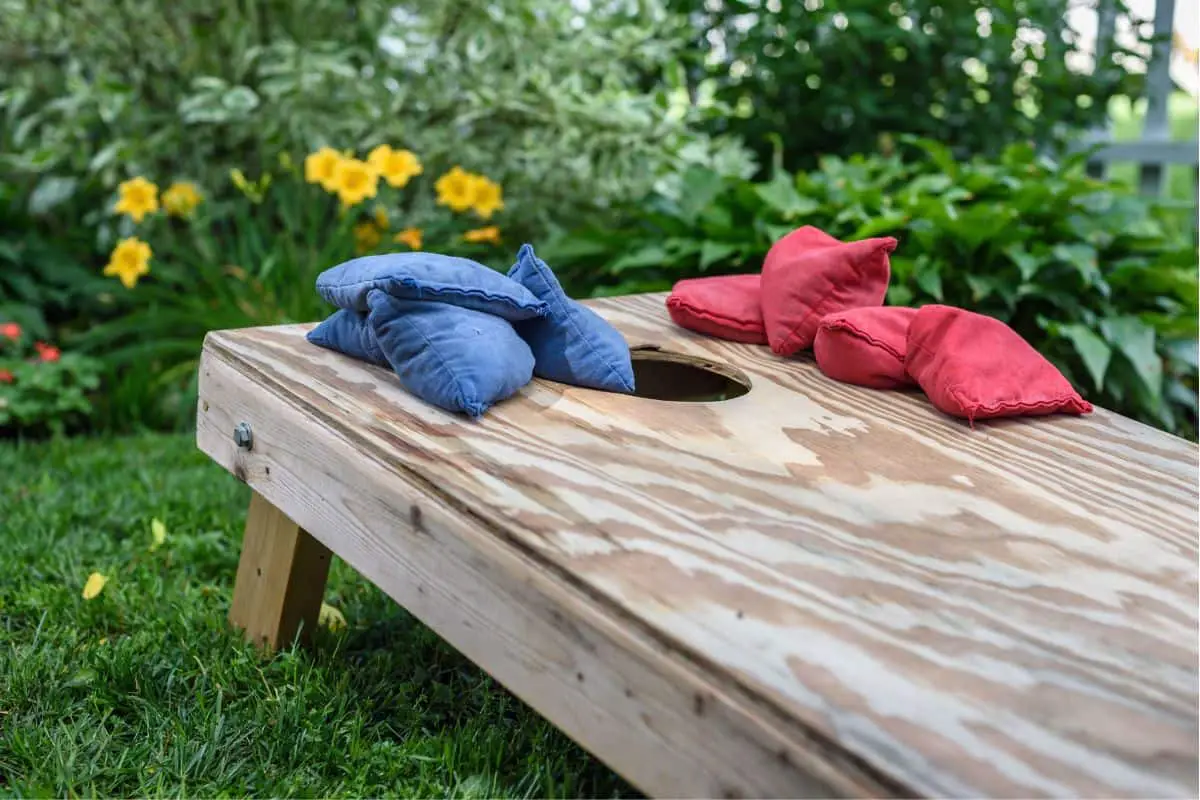Once you start playing regularly, having your own volleyball is a good idea. It means you don’t have to share volleyballs when you’re warming up, and it also means you’re not dependent on the old volleyballs that are in the equipment room of the gymnasium you’re playing in (that is, if you’re even allowed to use those; sometimes the gym permit doesn’t allow it).
Having your own volleyball also means you can practice when you’re off the court as well. It only takes 2 people to pepper – all you need is a good partner and some space!
There are a couple of very well-known volleyball brands for balls to choose from: Mikasa and Tachikara are two of the main ones.

Best recommended: Mikasa MVA200
The Mikasa MVA200 purple and yellow volleyball is a staple for recreational league play. It’s the official game ball for FIVB (Fédération Internationale de Volleyball, or International Volleyball Federation), which is the international governing body for volleyball.
The Mikasa is a good lightweight option for a game ball and for warming up. It has small dimples on the micro-fibre cover, which help with grip and control during play.
Runner Up: Tachikara SV5WSC
The Tachikara SV5WSC is the official ball for Team USA and Volleyball Canada. It’s made with a micro-fibre composite leather, which has a smooth feel, but still provides a good grip. It comes in a variety of colours – so can match your team uniforms! It’s a good warmup option, but depending on the rules of the league you’re playing in, may not be an option for a game ball.
The Tachikara is usually a bit less expensive than the Mikasa, so could be a good purchase if you’re on more of a budget.
Between the two brands of ball, I recommend the Mikasa because the bladder seemed to hold air better than the Tachikara, which needed more frequent pumping to keep inflated properly.
Volleyball Ball Tips:
When you do decide to buy your own ball, don’t forget to write your name (or another identifying mark) on it! Once you take it to a game or tournament, it will easily become lost in the sea of volleyballs during serving warmup!
The recommended pressure for a volleyball is 4.26 to 4.61 psi. You can use a portable hand pump and pressure gauge to be sure. The pressure should feel firm to the touch, and have a nice, solid bounce. It should not be rock hard! Ideally, there should be a little bit of give when you compress the ball with your hand.





Leave a Reply
You must be logged in to post a comment.